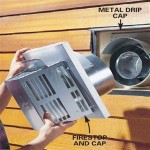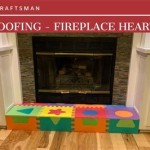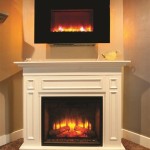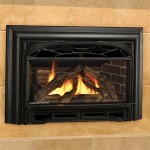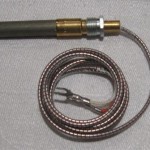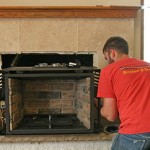DIY Fireplace Cover: Enhance Your Living Space with a Custom Look
Fireplaces are a beautiful focal point in any home, but they can also be a source of dust and debris when not in use. A fireplace cover can help to protect your fireplace and keep it looking its best. It can also add a touch of style and personalization to your living space. While you can purchase pre-made covers, a DIY solution offers greater flexibility and allows you to create a unique piece that perfectly matches your home's decor.
Creating a DIY fireplace cover is a relatively simple project that can be completed in an afternoon. With a little creativity and some basic tools, you can transform your fireplace into a stunning centerpiece. Here are some key steps to building a fireplace cover, along with considerations for materials and design.
Choosing the Right Materials
The material you choose for your fireplace cover will depend on your desired aesthetic and budget. Here are some popular options and their considerations:
-
Wood:
Wood is a classic material for fireplace covers, offering warmth and a natural look. Consider using reclaimed wood for a sustainable and unique touch. You can choose from a variety of wood types for different styles, from rustic to contemporary. -
Metal:
Metal is a durable and modern option for fireplace covers. You can find metal sheets in various finishes, including steel, copper, and brass. Metal covers can be easily customized with paint or decorative elements. -
Glass:
Glass is a stylish and minimalist choice for fireplace covers. It offers a sleek look and allows you to showcase the fireplace's design. Glass covers are typically made of tempered glass for safety and durability. -
Fabric:
Fabric covers offer a soft and cozy feel. You can use fabric panels to create a more traditional look, or opt for a modern design with fabric stretched across a simple frame.
Designing the Cover
Before you begin building your fireplace cover, you will need to design it. Consider the following factors:
-
Size:
Measure the opening of your fireplace carefully to ensure the cover will fit properly. -
Style:
Choose a style that complements your home décor. Consider your personal aesthetic preferences, as well as the overall design of your living space. -
Functionality:
Will you need the cover to be easily removable for access to the fireplace? If so, consider a hinged or sliding design. -
Decorative Elements:
Consider adding embellishments like trim, molding, or hardware to personalize your cover.
Building the Fireplace Cover
Once you have chosen your materials and designed your cover, you can begin assembling it. This involves cutting the materials to size, assembling the frame (if needed), and attaching the cover to the fireplace opening. Detailed instructions will depend on your specific design. The process typically involves:
-
Cutting:
Carefully cut the materials according to your measurements using a saw, jigsaw, or other appropriate tools. -
Framing:
If you are using wood or metal, assemble a frame using appropriate joinery techniques or fasteners. -
Joining:
Join the different pieces of your cover based on the desired design, employing screws, nails, glue, or other fasteners. -
Finishing:
After assembling the cover, sand, paint, or stain it to achieve your desired finish. -
Installation:
Secure the cover to the fireplace opening using screws, hinges, or other appropriate methods.
Key Considerations for Safety and Functionality
When building your fireplace cover, safety and functionality should be top priorities. Consider the following points:
-
Fire Safety:
Ensure that the cover does not block the fireplace flue, which is essential for proper ventilation. Maintain a safe distance between the cover and the firebox to prevent overheating and potential hazards. -
Accessibility:
If you need to access the fireplace for cleaning or maintenance, design the cover with a removable or hinged panel. -
Ventilation:
Ensure the cover design allows adequate airflow for proper ventilation and prevention of moisture build-up inside the fireplace. -
Material Compatibility:
Choose materials that are suitable for use near heat sources.
A DIY fireplace cover is a rewarding project that can transform your living space. By carefully planning, selecting appropriate materials, and following proper construction techniques, you can create a stunning centerpiece that complements your home's décor and enhances its functionality. Remember to prioritize safety and functionality throughout the process, ensuring a stylish and secure fireplace cover for years to come.

Coastal Coverup How To Make A Driftwood Diy Fireplace Cover Table And Hearth

Diy Fireplace Cover Tutorial Ehow Farmhouse Decor

How To Make A Diy Rust Fireplace Cover Salvaged Living

Diy Contoured Fireplace Cover Babyproofing Seating

How I Created An Insulated Fireplace Cover With Pallet Wood Diy Doors

Wooden Fireplace Cover Diy And Mantel Bless This Nest

Diy Fireplace Cover Tutorial Ehow

Easy Diy Wood Slice Fireplace Cover Idea Do Dodson Designs

How To Build Fireplace Cover With Hearth

20 Diy Fireplace Screen Ideas How To Make A Cover
Related Posts

